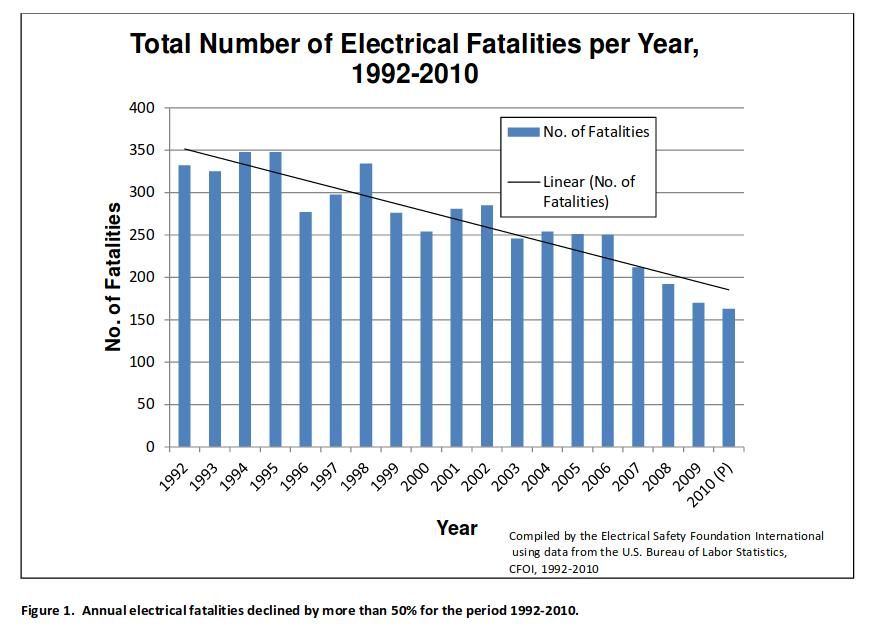Posted by Howard Lewis on 03/08/2017 10:45:22:
When I was boy, one of our family friends was a cobbler. His multi function grinder/ sander/polisher was driven by an electric motor with exposed brushes and commutator.(!) Apparently it dated from when the local power supply was DC, and was still running happily, (as you might expect) from the "new" AC mains supply!
Perhaps, strangely, no one got any shocks off it, because we all knew the dangers, (This was before the days of multiple warning notices, interlocks, and H& S courses) and behaved accordingly.
Howard
I have to complain Howard! Your post expresses an opinion, not a fact. You give a sample of one that's logically flawed. For example, how do you know rather than believe that 'no-one got any shocks off it', and how do you know that the reason was ' because we all knew the dangers', rather than, for example, a beneficent deity.
In cases like this you are much better off looking at the statistics. So, how does 'common sense' explain this graph from the US? It shows, roughly, that electrical fatalities in the US fell steadily by about half over a 20 year period.

'Common Sense' theory would explain this by saying that Americans started with a low level of common sense and it's somehow improving. This doesn't match with the British experience, where apparently 'common sense' used to be at a high-level in 'Those were the days' , but has now been destroyed by the Nanny State.
A much more likely explanation is that the US and UK are both developed nations with similar standards of education and electrical expertise. In both countries experience has shown that accident prevention is effective. Both countries have progressively made it technically harder for people to come into contact with electricity. The counter-measures, such as shutters on sockets, do not rely on 'common sense' because there is no such thing as 'common sense'. What people think of as common sense is actually a random mix of native wit, experience, emotion, and education. Visitors, the very young and very old may lack it entirely.
Being a dumbo myself, I'm happy to know that my survival doesn't rely on common sense: mine is full of holes!
Nasty example of common sense killing someone. A chap I knew got on his motorbike after an evening meal and, in the dark, immediately collided head on with a lorry on a bend. Killed instantly, not speeding, no drugs or alcohol, nothing wrong with his bike or the lorry. He had reverted to driving on the left whilst on holiday in France…
Dave
 Mike Poole.
Mike Poole.





